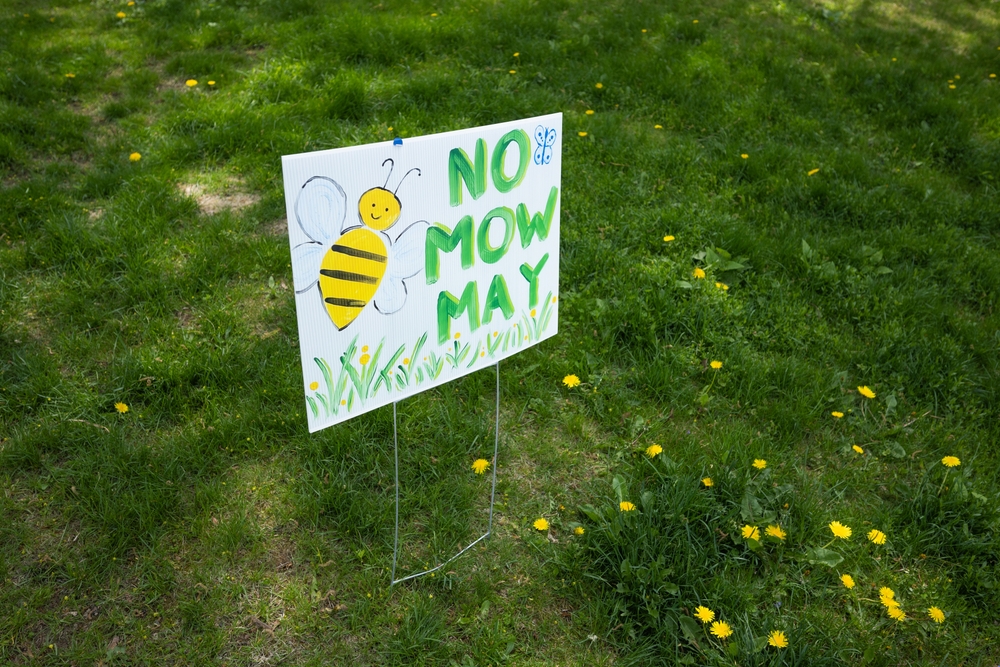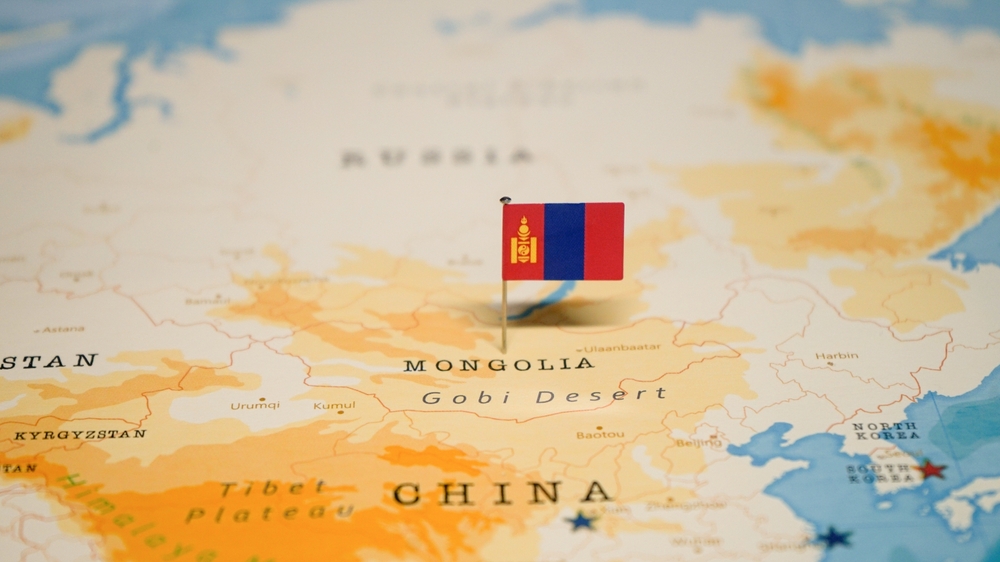Physicist-turned-futurist Peter Russell argues that only communal creativity can get us through current environmental and economic crises.
Michael Shapiro | March 2009 issue

Peter Russell, a Cambridge-trained physicist and futurist who has written about consciousness for four decades, should have been at a high point in his life. Fifteen years ago, Russell’s book, The White Hole in Time, had just been published; he was a popular teacher and corporate consultant, his work lauded by leading thinkers.
But, Russell says, “I was feeling an inner disquiet. What I was saying in the talks was, ‘If we could just break out of this old mode of consciousness and, in the spiritual sense, wake up to what we truly are and reconnect with that essential nature, then we could make it through.’ Yet there was another voice in me saying, ‘It’s too late.'”
Russell realized that “even if we did [wake up], the problems of the world-the environment, climate change, the long-term effects of pollution-are still going to need sorting out.” That led him to acknowledge that “whatever happens, we’re moving into a world where there is going to be a lot of physical hardship and physical suffering. It’s not going to be an easy ride. So I started looking at what’s going to be needed in that world on a human level. We’re going to need to be able to care for others, have compassion, help people with different forms of suffering. The more I looked at it, the more I realized that it didn’t matter which scenario you took. We still need to be doing exactly the same inner work to free ourselves from a self-centered, rather short-sighted mode of consciousness into a more open, compassionate, caring mode of consciousness. Whatever the outcome, the same work is required.”
Even in the midst of unprecedented economic and environmental crises, Russell, a bearded 62-year-old Brit, believes our best hope is higher consciousness. “My feeling is that we’re only going to come through this safely if we can let go of the old ways of thinking and have some shifts in our consciousness,” he says. “I don’t know how it’s going to play out but I know which team I want to play on. What I try to do in my life and my work is focus on helping people see the value of that inner exploration and see how to do that. For me, teaching meditation is a fundamental way of doing it. Behind all the crises is a deeper psychological issue. And the question we’re not looking at is, Why do we get into these situations?”
The current economic turmoil brings those psychological issues to the surface. “This economic crisis is the first one that’s really bringing up the fact that it’s human self-interest, greed that’s behind it,” Russell says. “We can’t blame nature or other nations, which I think is good because it’s making us see that something in our own thinking needs to be looked at.”
Russell and I met on his little houseboat in Sausalito, California. The cozy craft, cluttered with books, including a volume of poetry by Hafiz, a pair of conga drums, Buddhist figurines, plants and a dolphin mobile hanging from the low ceiling, was the ideal setting for a conversation with this thinker whose mind and body seem to be always on the move.
The boat, in a marina just north of San Francisco, is “as old as I am,” Russell says with a laugh, and is his base. After jetting around the planet to lead consciousness workshops and revisit friends in his native England, Russell comes home to his tiny ark. Its portholes look out to the Belvedere hills, Angel Island and Alcatraz. The Golden Gate Bridge is beyond the Marin headlands, just out of view.
A day before, Russell had flown home from a two-month trip to England, New York’s Omega Institute and the Azores of Portugal, where he led a workshop on meditation and yoga that included swimming with dolphins. Russell is the author of From Science to God and Waking Up In Time
(an updated edition of The White Hole in Time), which presents his theory that breakthroughs in human consciousness could pull our species back from the brink of self-destruction. Some may view him as a New Age thinker. But his ideas are grounded in science.
During the 1960s, Russell studied physics at Cambridge University in England, and was mentored for a year under renowned mathematics professor Stephen Hawking. Russell began his university studies in math, but as he got close to getting his degree, he found he wanted answers to deeper questions. “How had hydrogen, the simplest of elements, evolved into creatures such as ourselves, able to reflect upon the immensity of the cosmos, understand its functioning and even study the mathematics of hydrogen?” Russell writes in From Science to God. “How had a transparent, odorless gas become a system that could be aware of itself? In short, how had the universe become conscious?”
Russell had reached the first major turning point in his life. He quit school, worked as a light-show producer and in a jam factory, and pondered his future. He soon returned to Cambridge to study experimental psychology and theoretical physics, combining these paths to explore “the inner world of consciousness.” In 1967, when San Francisco erupted into the Summer of Love, Russell was half a world away studying Transcendental Meditation with Maharishi Mahesh Yogi, under whom the Beatles also studied. “All I’ve been doing ever since has come from that time in India,” Russell says. He’d rejected religion but rediscovered spirituality via meditation. “I realized meditation was not about chasing states of consciousness or following a path but about letting go of the path. It’s a long journey to realize there’s no path.”
Of course, Russell hasn’t spent the past 40 years sitting atop a meditation cushion. His work takes him from retreat centers such as the Omega Institute and the Esalen Institute in California to corporate clients such as Apple, Shell, IBM and Nike. Through workshops and meetings with corporate leaders, Russell has worked to bring consciousness to the boardroom, seeking to make these and other companies more environmentally responsible, more worker-friendly and ultimately more aware of how much power they have and how their actions affect the planet.
“The central focus of my corporate workshops is on mindsets: the attitudes and beliefs that affect how we see the world,” Russell says. “I work with teams of people who face major problems; they could be technical, design, management or strategic issues. I take them away from work for several days in order to step back from the issue, see it in a larger context. More often than not, what surfaces during these explorations is the role that poor communication plays: people not listening, or not sharing critical information, or not understanding others. What is often assumed to be a technical problem is revealed to be an unacknowledged human element. And once this is out in the open, new solutions open up.”
One of Russell’s most significant early insights was seeing humanity “as a planetary nervous system.” In his 1982 book Awakening Earth, Russell envisioned a “global brain” when the Internet was in its infancy and the Web had yet to be invented. “I had always been interested in computers,” he says. “As a kid, I was building them out of bits of wire and relays. Later, at university, I became interested in the networking of computers and took a post-graduate degree in computer science. This was in 1971. A few years later, scientist James Lovelock started talking about the Gaia hypothesis and the idea that Earth’s biosystem might function as a single living entity. If every species played a role in Gaia, what was humanity’s role? Language had made us particularly good at information processing. As I found more and more parallels between the human brain and the early computer networks, the idea of a global brain took shape. I had been reading Teilhard de Chardin and Sri Aurobindo, both of whom foresaw evolution leading to a collective awakening of humanity. The idea that we were forming a global brain fitted perfectly with this. It was providing the infrastructure for a global connectivity and collective consciousness.”
What’s revolutionary, Russell says, isn’t the power of computers, but their interconnection, which has made the Internet a worldwide phenomenon for the dissemination of information about consciousness. “We can think collectively, solve problems collectively-and we’ll need this collective thinking to solve societal problems,” he says. Russell also sees the downside: getting sucked into this “powerful, seductive” medium, which can lead to having more virtual friends than real ones.
Still, via the Internet, Russell envisions change that could save humanity. He echoes Vietnamese monk Thich Nhat Hanh’s idea that “the next Buddha will be a sangha.” In other words, the next awakening will come via a communal breakthrough, rather than the insight of a single being. “Social networking, YouTube: This is allowing us to begin to think collectively, to solve problems collectively,” Russell says. “I think we’re going to need that sort of collective thinking to solve some of the problems we’re up against.” The Gaia Community (gaia.com) is a good example of what’s taking shape, Russell says. “It’s a social-networking site dedicated to exploring issues around consciousness, environment, personal development, human potential and the power of a shared vision.”
Russell has a vibrant Website (peterrussell.com) on which he shares his theories about consciousness, provides meditation advice and has nifty tools such as a life expectancy calculator and a rapidly spinning population counter. I didn’t need to ask his age because it’s right there on his site: 22,793 on the day we met. Is this his way of saying he’s an old soul? Not quite: Russell measures his age in days. “It was something I started doing 20 years ago,” he said. “It just struck me that the day is the more natural cycle of our life. We’ve got 70, 80, maybe 100 years, but 20,000, 30,000 or 40,000 days to live on the planet. It’s a whole different perspective and makes us value each day. When you look at your life in days, time seems to expand. It helps make me more present.”
New technology could help speed up the pace of communal breakthroughs, Russell believes. In Waking Up in Time, published in 1998, he presents an illustration of the former 108-story World Trade Center in New York, representing the 4.6 billion years of the Earth’s history. About 20 floors up (3.5 billion years ago), we see the first life appear; about halfway up (2 billion years ago) are oxygen-breathing bacteria; fish appear about 10 stories from the top. Dinosaurs reign on the 104th to 107th floors, and mammals appear on the top floor. But humans don’t walk on two legs until a few inches from the top of the building. And the Renaissance is in the top one-thousandth of an inch, thinner than the uppermost layer of paint. Russell’s point is the acceleration of change. “We are not slouching towards Bethlehem,” he writes, alluding to William Butler Yeats’ poem. “We are being catapulted there.” Our creativity has led to ever-accelerating change, and Russell, like others, believes our wisdom hasn’t kept up with our knowledge.
Russell believes the evolution of human beings is in the ultimate stages of a 50,000-year race between the “misguided creativity” threatening our survival and an emerging consciousness that will lead us to “full enlightenment.” Though he’s viewed as an optimist, Russell sees the threats. He calls himself a “realist” about the prospects for “destruction on an unprecedented scale” but says, “We need to focus on the positive outcomes, positive changes we would want to see happen if we are to get through, because if we don’t look at those we’re not going to move in that direction.”
Russell acknowledges that it can be hard to remain hopeful. “The momentum of the insanity of what we’ve set in motion seems so unstoppable, and then other times I see that change actually is quite simple. We’re talking about the waking up of human consciousness. When it happens, when the circumstances are right, it seems to take very little effort. Something just opens, something releases and people step into a new way of functioning, a new way of consciousness.”
We’re living through the most interesting times in human history, Russell believes. Interesting times aren’t easy, but they offer opportunity. This can be a blessing, he says. “If we can see the opportunity collectively and seize it, I think we can actually become much more magnificent human beings.”











